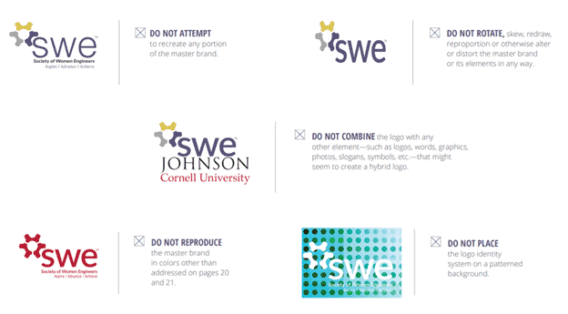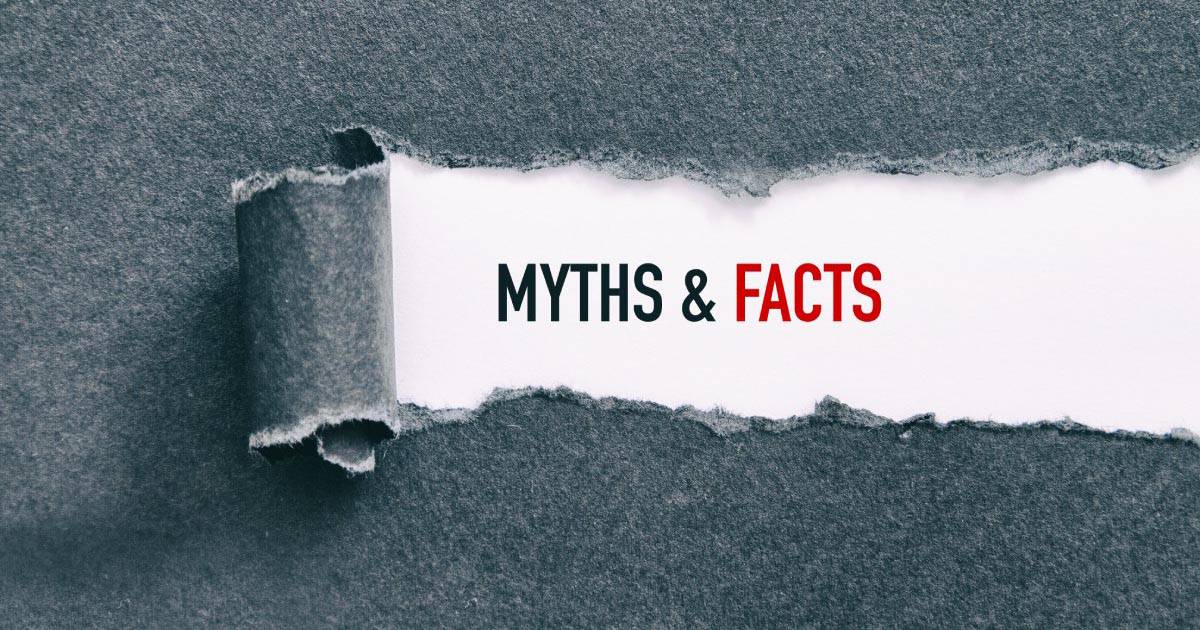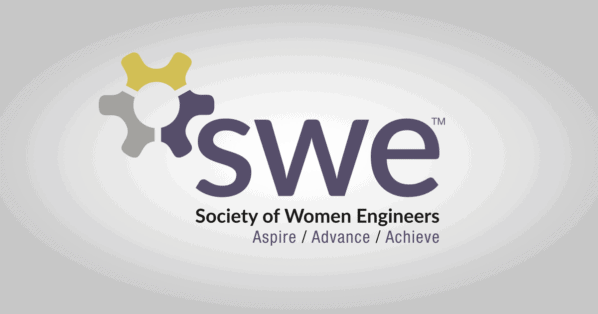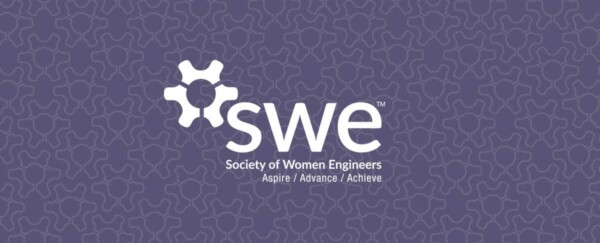The Society of Women Engineers (SWE) is a not-for-profit educational and service organization that empowers women to succeed and advance in the field of engineering. SWE has over 42,000 members and over 500 sections and affiliates across the globe. When it comes down to your place in SWE, it can be hard to keep up with some of the details and terminology pushed by SWE HQ at a high level. Despite being an active collegiate SWE member and leader for four years at the section level, I was unaware of most of the topics covered below until I became involved at the society level. In this blog post, some common SWE myths will be debunked so that you can be an expert and help to spread SWE facts!
Society vs. National
SWE is becoming increasingly popular in many countries outside of the United States. Currently, there are over 60 collegiate and professional global affiliates. Additionally, there are WE Local conferences annually in Europe and India in addition to the US based WE Local conferences.
Because of SWE’s presence internationally, referring to the overall SWE organization as “SWE National” or “National SWE” is not inclusive of our members and affiliates that exist outside of the United States. When referring to SWE on a broad scale, the correct terminology can be any of the following:
- SWE at the Society Level
- SWE HQ
By using any of the above terms instead of “National SWE”, you are ensuring that our members in over 20 countries around the world are included in the SWE narrative.
Section vs. Chapter
Another term that I hear a lot when working with section leaders is referring to their SWE sections as a “chapter” or “club.” Although these terms are often used to describe other organizations that one may be involved in, these are not the appropriate terms to use when talking about SWE. Any local SWE groups are either referred to as sections or affiliates. Now you may be wondering, what is a SWE affiliate and is it different from a section? Yes! Below are the definitions of a SWE section, a SWE affiliate, and a SWE global affiliate.
SWE Section: a collegiate or professional local SWE section that has at least 10 paid members.
SWE Affiliate: a collegiate local SWE affiliate that has between 1-10 paid members. An affiliate typically exists during a section startup process and/or at smaller colleges/universities. Collegiate affiliates do not have the same requirements or benefits as a collegiate section.
SWE Global Affiliate: a collegiate or professional global SWE affiliate is a local community of women engineers outside of the United States who wish to expand SWE’s mission.
More definitions and resources on section startup for both SWE sections/affiliates can be found here, and information on global affiliates can be found here.
Membership
It is not uncommon for SWE sections and affiliates to open some of their programming and events to anyone who would like to attend, and this is a great way to share SWE’s message with the broader community. However, those who do not pay membership dues through SWE HQ and the Member Portal are not SWE members. You must be paying annual dues to be considered a SWE member and receive all of the benefits of the membership. These benefits include, but are not limited to, the following:
- Reduced SWE conference costs
- Access to dozens of free on-demand and live learning content on the Advance Learning Center
- Being able to run for SWE leadership positions at the section and society levels
- Being able to vote in section and society level elections
You cannot vote in or run for officer positions within your section if you are not a paid member. In fact, you cannot technically put SWE on your resume if you are not a dues paying member.
If your section is struggling with membership and recruitment, a great option is to offer “members only” benefits. This could range from a special end of year banquet that is only open to dues paying SWE members to charging nonmembers a small fee to attend section events. Incorporating these practices into your event planning can encourage frequent attendees to become SWE members.
If you are looking to further your involvement in SWE, I highly recommend checking out the various membership options here. For collegiate members, the collegiate to career (C2C) membership option is a great choice. If you join at the beginning of a four-year college career, all four years of your undergraduate membership and your first year of professional membership is covered by a one-time $50 payment. This is a $180 value! Additionally, if you are a member of AISES, NOGLSTP, NSBE, or SHPE you can receive significant joint membership discounts when you also join SWE.
SWE Branding Do’s and Don’ts
Don’t you just love the SWE logo and branding developed by HQ? The logo and branding are a great baseline for use by individual sections and affiliates. In fact, you can easily download your section’s specific logo here. However, I see a lot of sections’ social media accounts that have further developed the SWE logo to personalize it to their section. Unfortunately, a lot of the modifications made go against SWE branding guidelines. Below are some general rules for how to use and modify the SWE logo.
The SWE logo includes a gear symbol, the full Society name, and tagline. You can modify the logo to have standalone components as shown. However, you cannot use “SWE” as a standalone.

Now that you know how you can correctly modify the components of the SWE logo, let’s talk about some further modifications to the design. Below are some modifications that I see a lot, and unfortunately, none of them are allowed.
You cannot edit the font, resize/rotate the image, combine the logo with any other element (this includes a university name or logo), change the color, or place the SWE logo on a background.

Occasionally, I still see the previous SWE logo floating around. If your section is still using an old logo anywhere, make sure you update it to the new logo! The old logo and color scheme looks like this:

The full branding guidelines and additional branding resources (Zoom backgrounds, letterheads, PowerPoint templates, etc.) are located on the SWE website here. If you ever have questions about the use of SWE branding, you can always contact your LCC Coach or reach out to the Integrated Marketing Advisory Board (IMAB) Chair at imab-chair@swe.org.
Hopefully you have learned a lot about some common misconceptions about SWE! By incorporating these facts into your SWE dialogue and knowledge, you are helping to highlight SWE’s mission and values in an accurate and positive way. If you have any further questions about the content of this blog post, feel free to reach out to me at taylordaniels519@gmail.com.
Author
-

Taylor Daniels graduated from the University of Pittsburgh in December 2020 with a B.S. in chemical engineering. She is a process engineer with ExxonMobil at their Beaumont TX refinery. Within SWE, Taylor is the SWE Leadership Development Program (LDP) coordinator-elect, a member of the Awards and Recognition and Bylaws Committees, a former Leadership Coaching Committee (LCC) coach, and a 2021 Outstanding Collegiate Member Award recipient.






